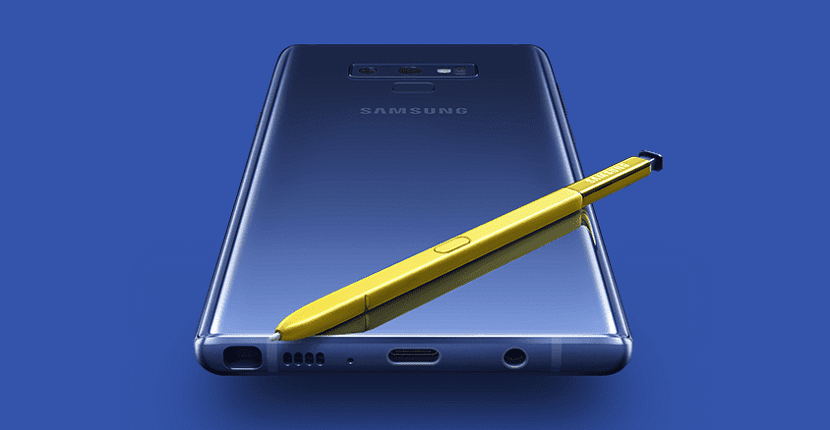
For a few hours, the new flagship of the Korean company Samsung is already official. The Galaxy Note 9 reaches the market to once again become the reference to be followed by all those manufacturers who continue to try to launch a smartphone accompanied by a stylus to the market, something many have tried but no one other than Samsung has succeeded.
Once we know the specifications of the Galaxy Note 9, it is time to compare them with the most direct rivals such as the flagship terminals of Apple and Huawei, which together with Samsung, are the three manufacturers that sell the most smartphones worldwide. Here we show you a comparison between Samsung Galaxy Note 9, iPhone X and Huawei P20 Pro.
| Galaxy Note 9 | iPhone X | Huawei P20 Pro | |
|---|---|---|---|
| Size | 161.9 x 76.4 x 8.8 mm | 144 x 71 x 7.7 mm | 155 x 78 x 8.2 mm |
| Weight : | 201 grams | 174 grams | 190 grams |
| Screen | 6.4-inch QuadHD + Super Amoled 2960 x 1440 pixels (516 dpi) | 5.8 inches OLED 2.436 x 1.125 (458 dpi) | 6.1-inch Amoled 2.240 x 1.080 (408 dpi) |
| Water / dust resistance | IP68 | IP67 | IP67 |
| Processor | Exynos 9 series 9810: 10 nm. 64 bit | A11 Bionic + M11 motion coprocessor. 64 bit | HiSilicon Kirin 970 + 64-bit NPU |
| Storage | 128 GB / 512 GB | 64 GB / 256 GB | 128 GB |
| RAM | 6 GB / 8 GB | 3 GB | 6 GB |
| MicroSD | Yes up to 512 GB | DO NOT | Si |
| Rear camera | 12 MP. Dual Pixel AF - OIS - variable aperture f / 1.5-2.4 - wide angle + 12 MP telephoto - f / 2.4 | 12 MP wide angle f / 1.8 + 12 MP telephoto f / 2.4 - Double OIS - optical zoom | 40 MP (RGB) f / 1.8 + 20 MP (B / W) f / 1.6 + 8 MP tele f / 2.4 - 5x hybrid zoom |
| Frontal camera | 8 MP. AF. F / 1.7 aperture | 8 MP f / 2.4 aperture | 24 MP. F / 2.0 aperture |
| Battery | 4.000 mAh. Fast wireless charging | 2.716 mAh. Fast wireless charging | 4.000 mAh Fast and wireless charging |
| Extras | Fingerprint sensor - Heart rate sensor - Face recognition - Iris recognition. New S Pen (bluetooth). Knox security system | Face ID - 3D Touch | Fingerprint sensor - Doly Atmos speakers - Face recognition |
| Pricing | $1.008 128 GB version / $1.259 512 GB version | $1.159 64 GB version / $1.329 256 GB version | $779 |
Screen comparison
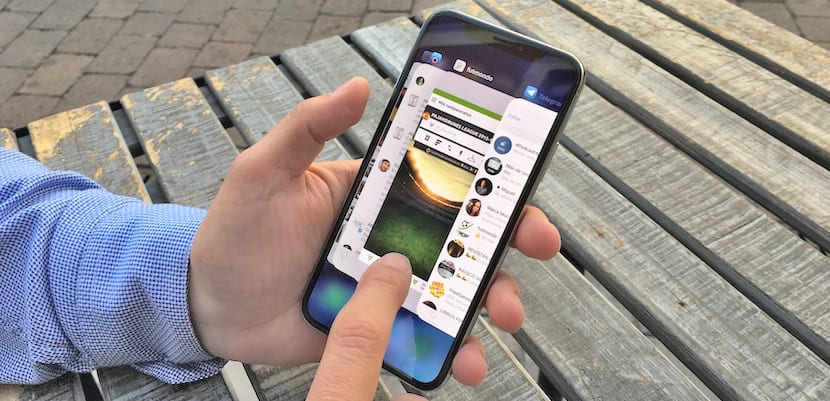
The Samsung Galaxy Note 9 stands out for the gigantic 6,4-inch screen (it has grown by 0,1 inches compared to the Note 8) also we do not find any notch, also called notch. While the iPhone X offers us the smallest screen, 5,8 inches, the Huawei P20 Pro reaches 6,1 inches but like the Apple model, it shows us a small notch at the top of the screen, although with a smaller size than the iPhone X offers us.
If we talk about resolution, the Galaxy Note 9 wins the battle, since its Super Amoled screen with 18.5: 9 aspect ratio reaches 2.960 x 1.440 with a density of 516. The iPhone X, with a 19,5: 9 OLED-type screen format reaches 2.436 x 1.125 while Huawei's star terminal, the P20 Pro with its 6,1-inch screen and 18,7: 9 format, we It offers a resolution of 2.240 x 1.080.
Performance

This comparison is especially striking, since the three manufacturers have chosen to implement their own processor in the terminals we compare. Samsung has opted for the Exynos 9810, Apple for the A11 Bionic and Huawei for the Kirin 970. The only models that really we can compare each other, they are the Note 9 and the P20 Pro, since both are managed by Android.
The Samsung model offers us a higher performance than the model of the Asian firm. While it is true that in the benchmarks the iPhone A11 processor offers us much higher numbers than the Samsung and Huawei models, we must take into account that they manage different operating systems, so the results they can never become a reference to consider.
El Galaxy Note 9 comes to the market in two versions of 6 and 8 GB of RAM. The 128GB capacity model is available with 6GB of RAM while the 512GB of storage model will hit the market with 8GB of memory.
The iPhone X, available in 64 and 256 GB versions, it only offers us 3 GB of RAM, like the Huawei P20 Pro, a model that is only available with a 6 GB RAM configuration and 128 GB of storage.
Rear camera

The photographic section has become one of the priorities for most manufacturers, as well as for users, since compact cameras are no longer an option when it comes to capturing our memories. Practically from the first models, the iPhone camera, in general, was the reference to follow, but in the last two years, the quality that it offered us has been widely surpassed by Samsung terminals, especially the S range and later by the Note range.
However, we can't put Huawei aside, a manufacturer that has also invested a lot of time and money to offer a photography system very similar to that offered by Samsung's high-end terminals. Huawei has not only bet on the quality of its sensors, but has also exaggerated the resolution of the photographs that we can take with the P20 Pro.
The Galaxy Note 9 offers us a 12 mpx rear dual camera system, with a variable aperture from f / 1,5 to f / 2,4 with optical stabilizer. The iPhone X also offers us a 12 mpx dual rear camera system with a fixed aperture of f / 1.8 and f / 2.4 in each of the lenses. It also integrates an optical stabilization system and a two-magnification optical zoom.

The Huawei P20 Pro, has become the first terminal to offer us a triple camera system. On the one hand we find a 20 mpx black and white sensor, another 40 mpx RGB with optical stabilizer and one more than 8 mpx that offers us 3x optical zoom and optical stabilizer.
Front camera
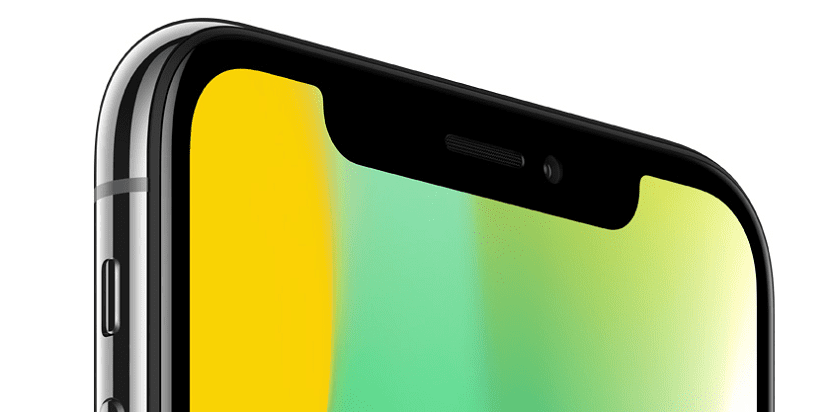
In recent years, and since Instagram will stop being a social network of photographs of food dishes, the front camera has begun to have a greater role in the terminal. The big three manufacturers take this into account and are not neglecting this section.
The Note 9 offers us an 8 mpx front camera with autofocus and an aperture of f / 1,7, being the terminal that better results are offered in low light conditions. Apple has implemented a 7 mpx camera with an f / 2.2 aperture, while Huawei allows us to take selfies with a resolution of up to 24 mpx with an f / 2.0 aperture.
The aperture of the camera is something that we must always take into account when selecting a smartphone model or anotherSince the lower the number, the more light will enter the lens and it will take less time to capture, preventing images from being blurry (if there is motion), too grainy, or too dark.
Stylus yes, Stylus no
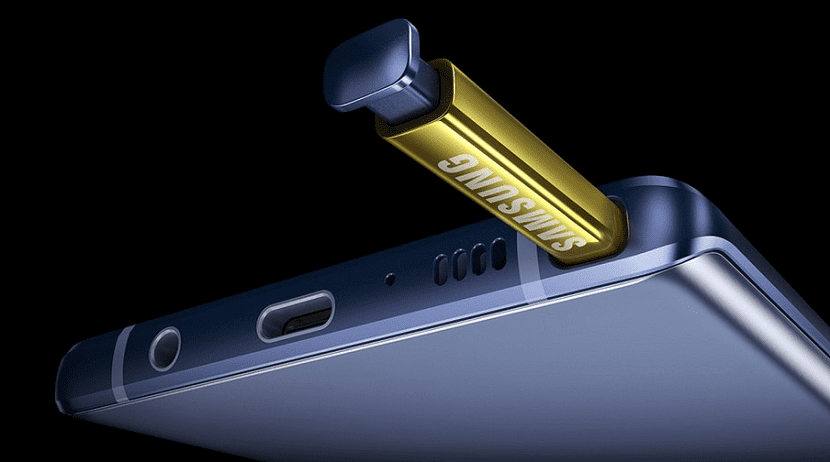
It took Samsung to be forced to remove the Galaxy Note 7, due to the battery problems that it was generating and that caused the odd scare, so that the Korean company showed us that the user who is from Note, is from Note. Once you get used to interacting with the Note's S Pen, you can't leave it behind.
As I mentioned at the beginning of this article, some manufacturers have tried to launch alternatives to the Samsung Note, such as LG and Motorola, but they have had so little success in the market that practically have gone unnoticed.
In recent years, we have seen how the size of the screens has grown considerably, turning the terminals into devices with which each time it is more difficult to interact with one hand. The possibility of being able to do it with a stylus, in addition to the functionalities that the S Pen offers us, have made this terminal the only option on the market that is really worth it, despite its price.
The S Pen of the Note 9 not only offers us the typical functions to be able to make annotations on the screen while it is off, cut out a section of the screen and share it ... but also, thanks to the bluetooth technology that we find inside, allows us to use it as a remote control to control video and photo playback as well as music.
Colours
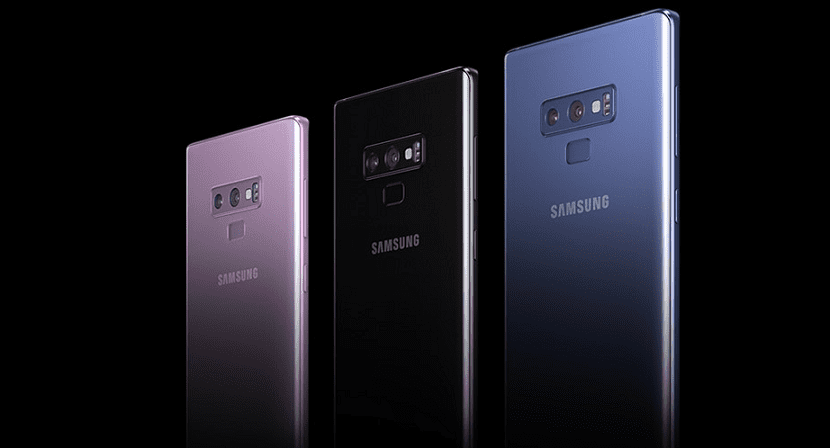
Another factor that some users take into account when purchasing a terminal, in addition to the quality that the camera can offer us, is found in the colors in which the terminal is available.
Colors of Samsung Galaxy Note 9
- midnightblack,
- OceanBlue. Only available in version with 512 GB of storage and 8 GB of RAM.
- Lavender purple
IPhone X colors
- Silver
- Space gray
Huawei P20 Pro colors
- Black
- midnight blue
- Twilight
Alternatives to the big three
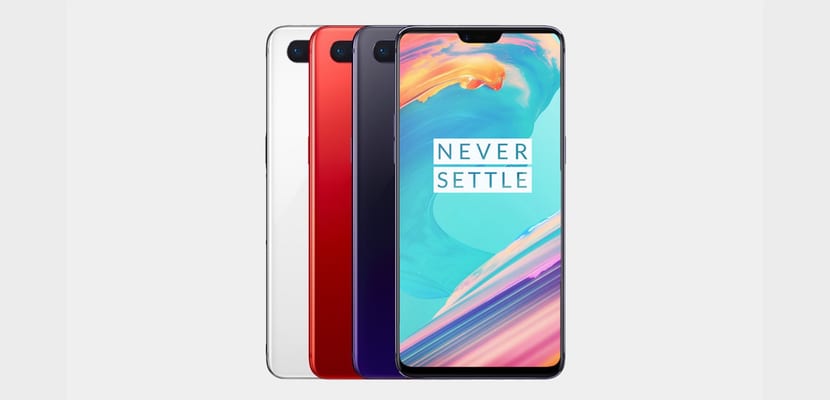
La brand image It is an element that many of us take into account when buying any product, as long as our pockets allow it. Samsung, Apple and Huawei have become brands that many users with little knowledge of technology know, hence they are the three companies that sell the most smartphones in the world. But they are not the only ones.
In the market we can find equally valid alternatives, at similar or cheaper prices. Some alternatives currently available on the market to the Note 9, the iPhone X and the Huawei P20 Pro are found in the OnePlus 6, LG G7 Thing Q, Xiaomi Mi 8 and even Google Pixel 2 XL.